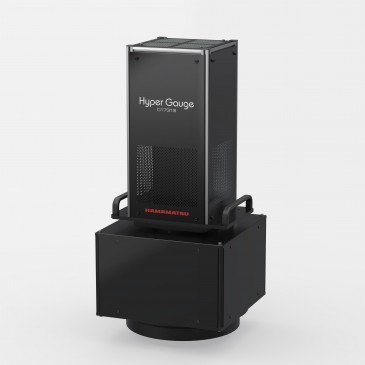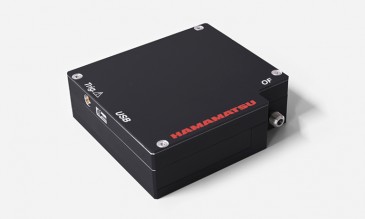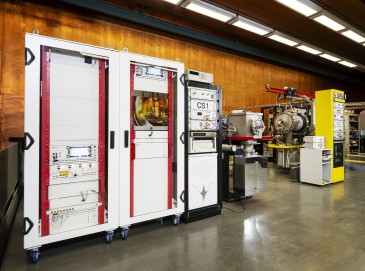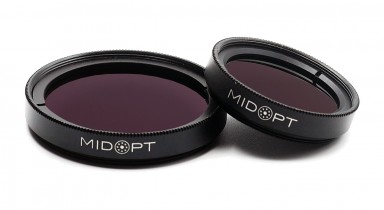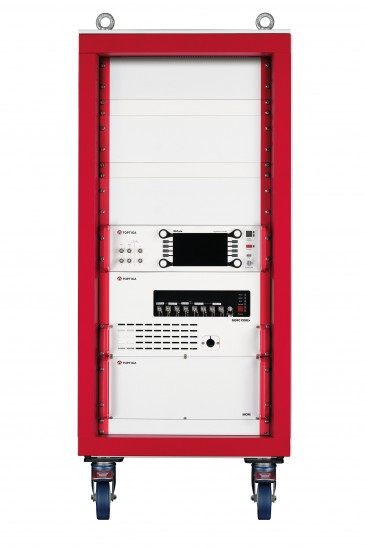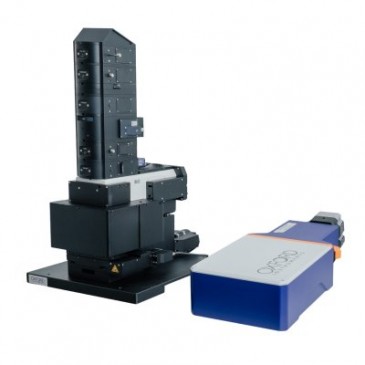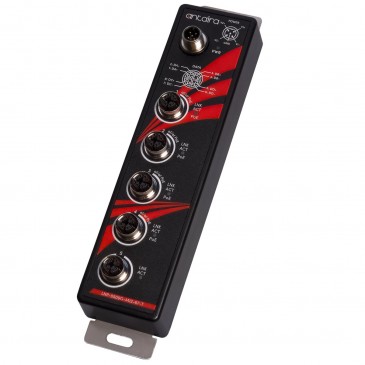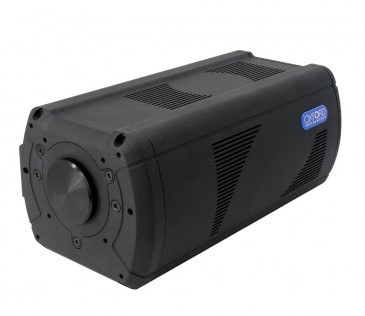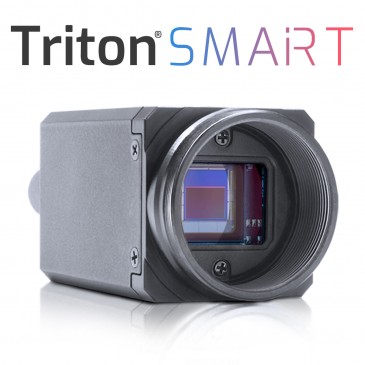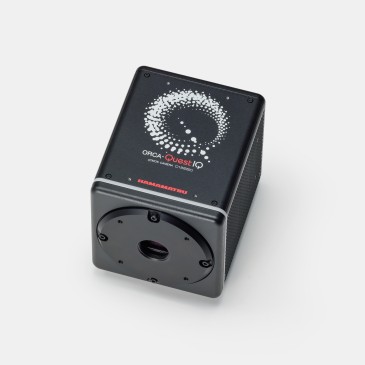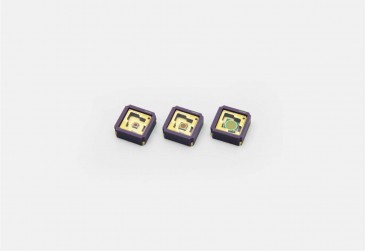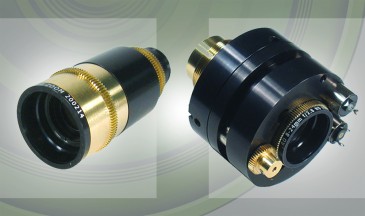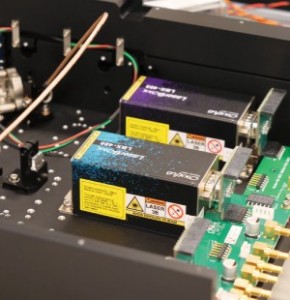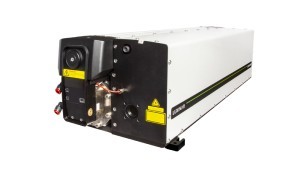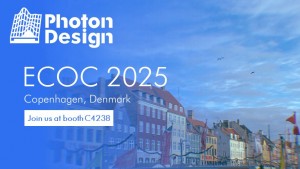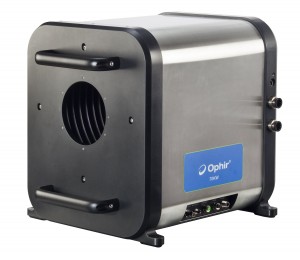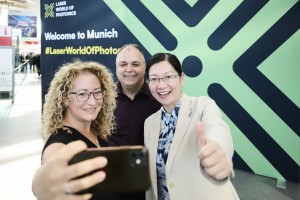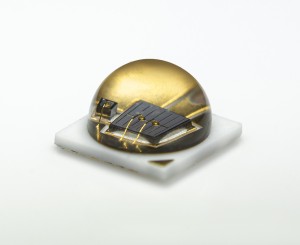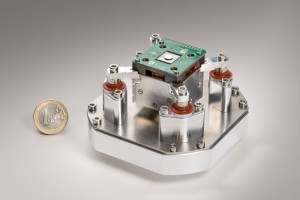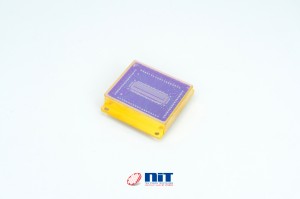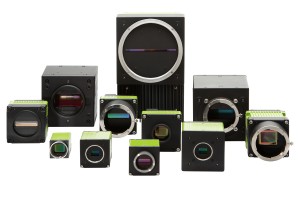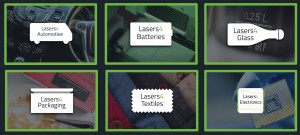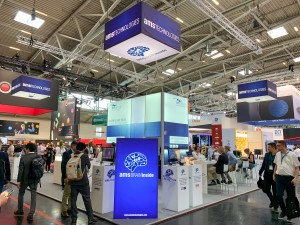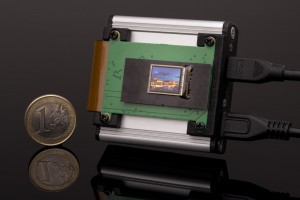
In this article, Ivan Nikitski, EPIC’s Technology Manager for Quantum and PICs, talks to Dimitri Geskus, CTO at Chilas, a Dutch manufacturer of widely tuneable, narrow linewidth lasers based on state-of-the-art PIC technology.
What’s the background to your appointment as CTO at Chilas?
After graduating with a B.Eng. degree in Applied Physics from Saxion University of Applied Sciences (Netherlands) in 2003, I pursued an MSc in Applied Physics with a focuson developing short-pulsed lasers. This led to aPhD at the University of Twente, where I worked on rare earth doped micro structured KYW crystals and the development of microchip waveguide lasers.
Following my PhD, I joined XiO Photonics in 2011 as a Product Engineer, focusing on photonic assemblies. However, my passion for laser development remained strong. When it became clear that XiO Photonics did not foresee a market for lasers and chose not to pursue that direction, I decided to follow my interests elsewhere. I joined the Center for Laser Applications in São Paulo, Brazil, where I worked on Raman lasers. In 2014, I moved to the KTH Royal Institute of Technology in Stockholm, Sweden, to work on ultra-narrow linewidth lasers based on erbium-doped aluminum oxide. In 2016, I became a father and made the decision to return to the Netherlands. By then, XiO Photonics had been acquired by LioniX International, who invited me to rejoin the team, this time to work on developing hybrid integrated lasers with a small, dedicated group.
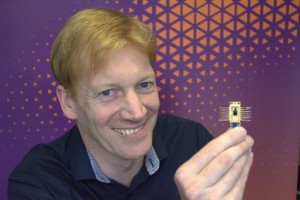
After working for a couple of years at LioniX, Chilas was founded with a focus on what I was most passionate about, tunable lasers, and the move felt like a natural next step. In 2021, when the CTO position at Chilas became vacant, I was invited to join the company and take on the role.
How has Chilas developed and what have been your main milestones?
In the last 6 years, we’ve developed laser products that combine semiconductor laser amplifiers with state-of-the-art silicon nitride chip technology to produce a range of widely tuneable, narrow linewidth lasers. The lasers are offered as compact and easy-to-operate modules, or as a bare pigtailed butterfly-packaged lasers for applications in coherent optical communication, fiber sensing, LiDAR, quantum key distribution, optical device testing, medical devices, microwave photonics, and beyond.
Our first important milestone was the launch of our initial product (2020), an early prototype tunable laser at 1550 nm. Although still in its early stage, it was warmly embraced by end users, whose feedback helped us validate the core technology and generate early interest from partners and potential customers.
At the beginning of this year, we launched our full range of tunable laser modules: plug-and-play Atlas wavelength tunable, Comet swept source (C-band), and Polaris frequency-stabilized lasers. This release was the result of many years of development, collaboration, and hard work by a highly experienced and professional team.
Chilas is an agile company of about nine experts, focused entirely on tunable laser innovation. Our strategy is to develop high-quality tunable laser modules that are also cost-effective and scalable. To achieve this, we work closely with long-established partners who bring deep industry experience and share our belief in long-term collaboration.
We follow a “growing together” approach: both with our suppliers and our customers, building strong relationships that support mutual success. Our global reach is expanding rapidly, with a growing network of distributors in Japan, France, the UK, India, and beyond, helping us bring our technology closer to the people who need it.
What is your bestselling product?
Our bestselling product is the Chilas ATLAS Wavelength Tunable laser. It's a fully integrated, compact tunable laser module with the size of a deck of cards; it comes with an intuitive graphical user interface (GUI). What makes it stand out is its versatility: it can be configured for nearly any wavelength. We currently offer Chilas ATLAS across the full S, C, L, and U telecom bands, and are expanding into shorter wavelengths such as the O-band, 680 nm, and 850 nm. A 1064 nm version is also planned for release next year.
What have been the main factors of your success?
At both a personal and company level, one of the most important factors has been recognizing the value of collaboration. I first understood this during my PhD, where progress depended on close teamwork, both in the lab and behind the computer. Turning ideas into working models and then demonstrating them experimentally required constant coordination with colleagues. That early experience shaped how I approach innovation and problem-solving today: as something that’s best achieved together.
At the company level, our success is deeply rooted in the strong synergy within our team. We share a clear vision, technical expertise, and a genuine drive to innovate. It’s incredibly motivating to work with people who don’t just understand the technology but also feel a deep sense of purpose in advancing it.
But collaboration extends well beyond our internal team. We're part of a vibrant and fast-moving photonics ecosystem in the Twente region of the Netherlands. Just like in psychology, where group influence can shape an individual’s behavior, being surrounded by like-minded companies and institutions fosters a collective momentum. You naturally start thinking bigger, moving faster, and supporting one another’s goals. Ideas are sparked, refined, and accelerated through constant interaction. Economically speaking, Twente represents what you could call an innovation cluster, a concentrated network of companies, institutions, and talent that reinforce each other’s progress. We’d like to mention LioniX International, PHIX Photonics Assembly, QuiX Quantum, the University of Twente, as well as newer players like Epiphany Design, SuperLight Photonics, Brilliance RGB, Aluvia, New Origin, they foster an environment where ideas move quickly and support is never far away.
Beyond our region, we're supported by international distributors, supplier networks, and organizations like EPIC, Optica, PhotonicsNl, PhotonDelta, IVAM, and EU- and nationally funded projects that enable both technological progress and scale-up opportunities. We remain open to working with new partners: startups, scale-ups, or established players, who believe in innovating together. Whether it's co-developing a new application, building a supply relationship, or expanding into new markets, we're always open to collaboration.
How do you see the future for the semiconductor laser and integrated photonics?
I believe the future holds many new and unexpected applications, likely very different from what we see today. As photonics becomes more compact, energy-efficient, and scalable, it will open the door to use cases we can't fully imagine yet. Photonics is not yet a consumer-facing technology—it remains a niche market that is gradually moving towards standardization. In some ways, it's following a path similar to the electronics industry at the end of the last century. However, where electronics largely converged on a common material platform, photonics faces more complex challenges due to the diversity of material systems and the difficulties of integration.
To move forward, we need to build on the foundation laid by electronics standards, while also leveraging the work already done by other pioneers in the photonics field. Only then can we create standardized building blocks that support scalable, reliable product development.
In this context, Chilas has shown that it’s already possible to deliver application-ready products using today’s photonic technology.
How do you see the future for Chilas?
At this moment, we're expanding our product portfolio, with a clear plan to scale our production per year. Our focus is on developing compact, high-performance tunable lasers for emerging applications where conventional solutions fall short, such as biomedical, fiber sensing, quantum key distribution, quantum sensing, atomic clocks for space, data centers, etc. Traditional tunable lasers are often too bulky to meet the precision and integration needs of these markets. These are all areas where size, stability, and performance matter and where a small, scalable laser solution like ours fits in perfectly.
What’s your advice for the next generation of CTOs?
First, beyond your technical background, it’s essential to develop business and leadership skills early on if you want to successfully grow a startup. Learn how to pitch your story clearly, how to lead projects effectively, how to inspire and get the best out of your team, and, just as importantly, how to collaborate. A startup’s ambitions can't be realized by one person or even by a small internal team alone. You’ll need to bring in external expertise and know how to build meaningful partnerships.
Second, trust your gut, but keep listening. Your product will never be perfect, and that’s okay. Follow the 80/20 rule: once your product meets 80% of its intended qualifications, trust your instincts and bring it to market. Real feedback from users will help you refine and evolve it into something the market truly needs.
Third, don't be afraid to make mistakes. What matters is how you respond: acknowledge them, fix them, and use them as learning moments.




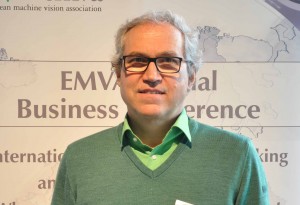

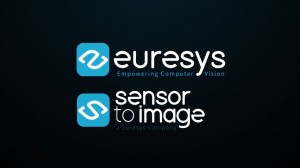




















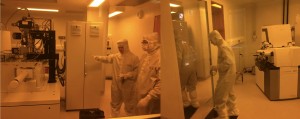
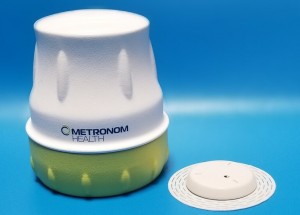



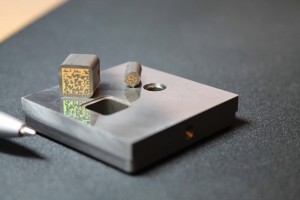

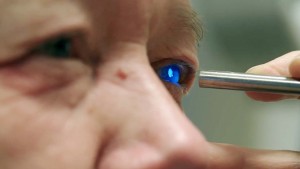

 Back to Features
Back to Features